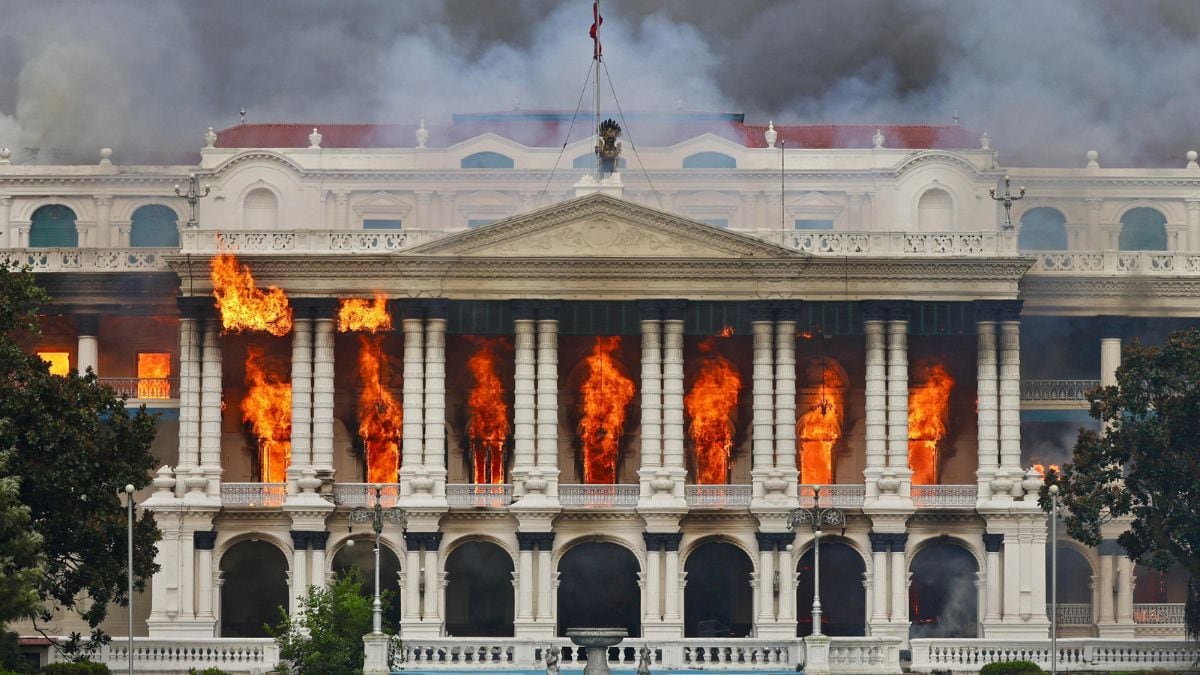For all the bluster and hectoring around the UNHRC vote against Sri Lanka, the skies haven’t fallen on Colombo just because the Council voted on the US-sponsored resolution. For a start, the resolution for “Promoting Reconciliation and Accountability in Sri Lanka” is a non-binding resolution. And a key amendment that was made to the final paragraph in order to get India on vote in favour of the resolution directs the UN Office of the High Commissioner for Human Rights (OHCHR) to act “in consultation with, and with the concurrence of, the Government of Sri Lanka” in implementing the resolution. [caption id=“attachment_252966” align=“alignleft” width=“380” caption=“The skies haven’t fallen on Colombo just because the Council voted on the US-sponsored resolution.Reuters”]  [/caption] That ought to give the Sri Lankan government an exit clause and a small measure of “face” - but the government may not see it that way. India’s efforts at Geneva, in the days of back-channel diplomacy that preceded the vote, were channelled towards giving some elbow room for the Sri Lankan government, which had said it needed “time and space”. It is another matter that the Sri Lankan government squandered all the “time and space” it had since the end of the war against the LTTE, and repeatedly ridden rough shod over demands from both the Indian government and the international community to meaningfully address the allegation of gross human rights violations – and work towards a political settlement of the ethnic problem. In a statement immediately after the vote, the Indian representative emphasised India’s “thousands of years of cordial relationship” with Sri Lanka, and emphasised that while India subscribed to the “broader message of the resolution”, any council assistance should be in consultation with the Sri Lankan government. Yet, even to the small extent that the Sri Lankan government has been called to account and rapped on the knuckles, the Sinhala lion is today a wounded animal. And it could channel the latent sense of hurt among the broader Sinhala community for its own political ends. Seen from that perspective, the council vote, rather than promoting ethnic reconciliation, could in the short term accentuate the tensions - and actually weaken India’s leverage in doing the right thing by the Sri Lankan Tamil community. There are countless ways in which the Sri Lankan government can grind down the UNHCR’s initiative: it has demonstrated in the past that it has an infinite capacity to weave circles around well-meaning interlocutors. But more worrying is the immediate plight of human rights activists, who took up the case before the UNHRC, and are bracing for an even more repressive crackdown. Already, the language in the nationalist Sri Lankan media is turning shrill, branding the activists “anti-nationals”. Buddhist monks, who channel the latent Sinhala angst, are already on the streets in protests; so too are war-wounded soldiers – some of whose actions are likely at the centre of the human rights allegations. It doesn’t help that the Sri Lanka Tamil diaspora, and the Tamil political parties in Tamil Nadu, too have scented blood and will be looking to box the Sri Lankan government further into a corner. Precisely how much more pressure the Tamil parties will mount on the Indian government will also test relations further. If both sides escalate their chauvinism-laced rhetoric, a period of dangerous confrontation may be revived. Whichever way the Sri Lankan government responds in the short term, one can expect it to be less than receptive to Indian efforts at reconciliation. Sri Lanka’s connections with India are a matter of geographical and economic reality, which has has a certain centrifugal force to it. But strategic calculations vis-à-vis India are bound to get a lot more opportunistic. In the coming weeks and months, we can expect a more open-hearted embrace of China – if only to spite India – and other pointed gestures intended to signal to India that Sri Lanka is not without friends.
A potentially dangerous period of Sri Lankan history lies ahead if the Sinhala sense of hurt collides with an aroused Tamil diaspora’s eagerness to push the government further into a corner.
Venky Vembu attained his first Fifteen Minutes of Fame in 1984, on the threshold of his career, when paparazzi pictures of him with Maneka Gandhi were splashed in the world media under the mischievous tag ‘International Affairs’. But that’s a story he’s saving up for his memoirs… Over 25 years, Venky worked in The Indian Express, Frontline newsmagazine, Outlook Money and DNA, before joining FirstPost ahead of its launch. Additionally, he has been published, at various times, in, among other publications, The Times of India, Hindustan Times, Outlook, and Outlook Traveller. see more


)

)
)
)
)
)
)
)
)



